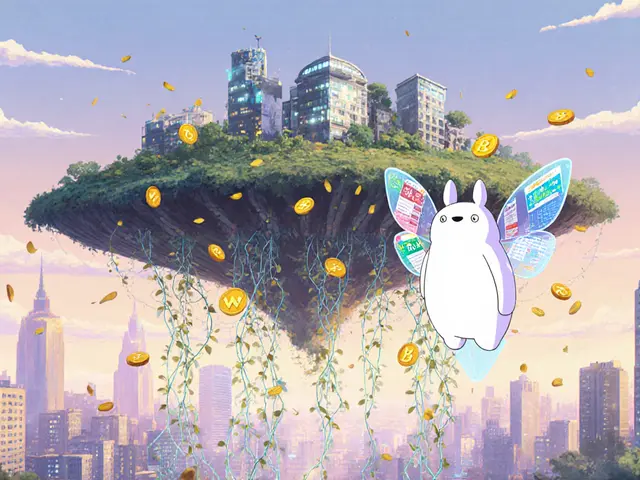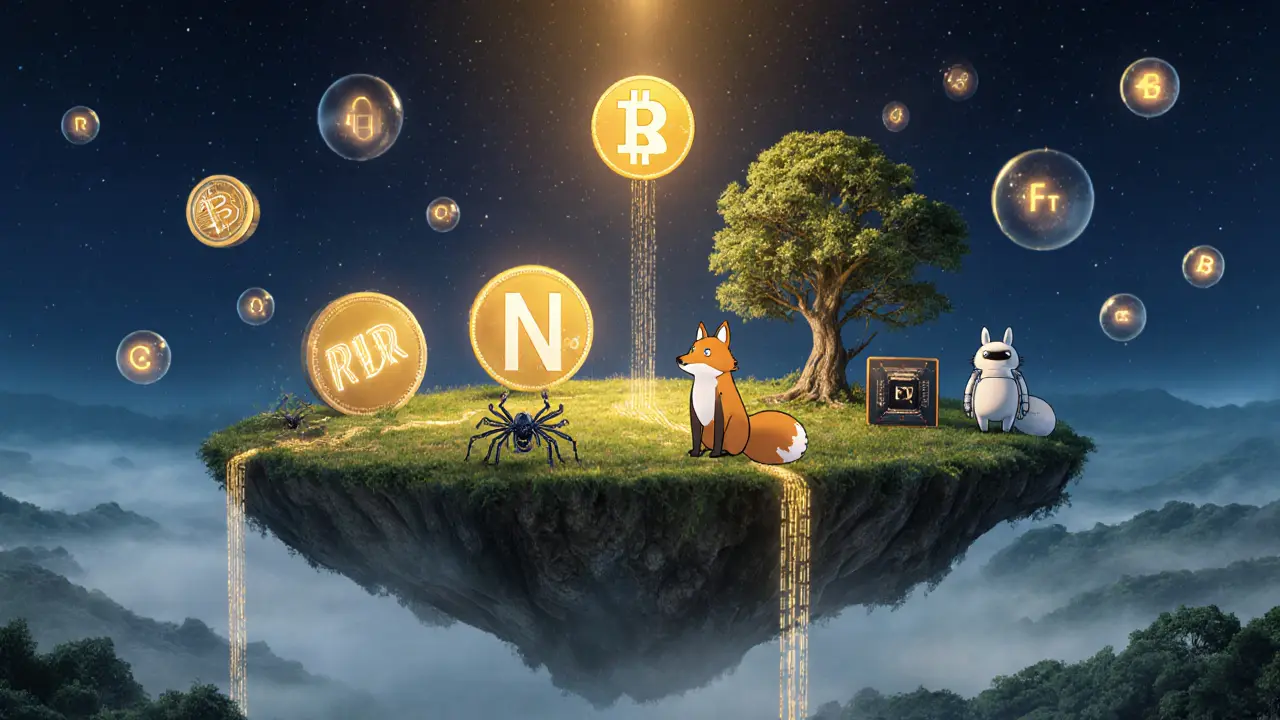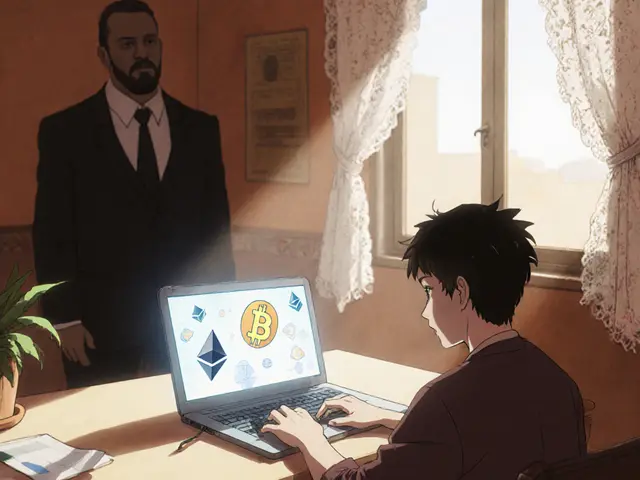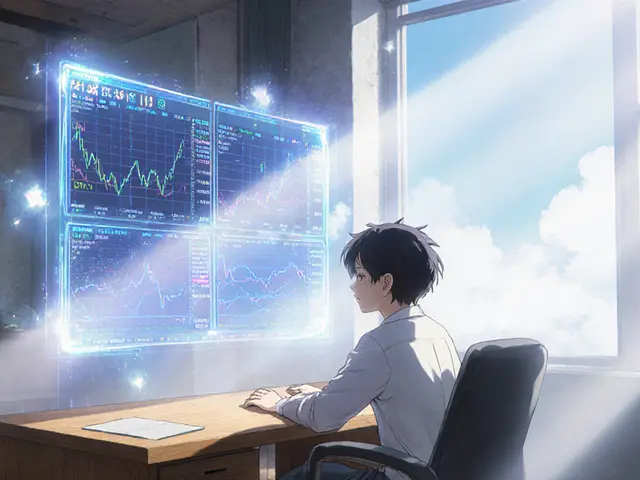AI in Blockchain: How Artificial Intelligence Is Changing Crypto and Smart Contracts
When you hear AI in blockchain, the use of artificial intelligence to improve blockchain networks, automate processes, and enhance security. Also known as blockchain AI, it’s not just hype—it’s already powering real systems that verify transactions, predict market shifts, and even run decentralized apps without human input. Think of it like giving a blockchain a brain. Instead of just recording data, it starts understanding patterns, spotting fraud, and making decisions on its own.
One big piece of this is smart contracts, self-executing agreements coded on blockchain that trigger actions when conditions are met. With AI, these contracts don’t just follow rigid rules—they learn from past behavior. For example, an AI-powered loan contract might adjust interest rates based on user payment history or market volatility, not just a fixed formula. Then there’s AI crypto tokens, tokens built specifically to fund or operate AI-driven blockchain projects. Like NFPrompt (NFP), which lets users create NFTs from AI-generated text prompts, these tokens turn machine learning into something you can own and trade.
It’s not all about trading. blockchain AI tools are also being used to detect scams, track illicit flows, and stop Sybil attacks. The same economic logic that makes Bitcoin secure—where attacking it costs more than you’d gain—is now being applied with AI to predict and block bad actors before they act. Companies are using AI to analyze on-chain data and flag wallets that behave like bots or money launderers. And in places like Russia and Iran, where crypto is used to bypass sanctions, AI helps spot patterns in cross-border transactions that humans would miss.
But here’s the catch: AI doesn’t fix bad code. If a blockchain is slow, expensive, or poorly designed, adding AI won’t save it. That’s why most real projects using AI in blockchain are built on top of strong foundations—like Ethereum or TRON—where the underlying tech already works. You’ll see this in tokens like WINkLink (WIN), which uses oracles to feed real-world data into blockchain apps, and now AI helps clean and verify that data before it’s used. It’s not magic. It’s better data, faster decisions, and fewer errors.
What you’ll find below isn’t theory. These are real cases: tokens built for AI-generated art, systems that use machine learning to secure cross-chain transfers, and projects that failed because they promised AI magic but delivered nothing but buzzwords. Some of these projects are alive and growing. Others are ghosts. Either way, you’ll know the difference.
18
Future of AI in Crypto Industry: How AI and Blockchain Are Merging in 2025
By 2025, AI and crypto are merging into a new infrastructure layer-powering decentralized AI training, data marketplaces, and autonomous agents. Real utility, not speculation, is driving growth.
Latest Posts
Popular Posts
-
 What is Infinite Money Glitch (IMG) Crypto Coin? The Risks, Tech, and Reality
What is Infinite Money Glitch (IMG) Crypto Coin? The Risks, Tech, and Reality
-
 What is WINkLink (WIN) crypto coin? A clear guide to its purpose, price, and role in TRON
What is WINkLink (WIN) crypto coin? A clear guide to its purpose, price, and role in TRON
-
 What is LUXO (LUXO) crypto coin? The truth about the luxury authentication token
What is LUXO (LUXO) crypto coin? The truth about the luxury authentication token
-
 What is Privix New (PRIVIX) Crypto Coin? Facts, Price, and Risks in 2025
What is Privix New (PRIVIX) Crypto Coin? Facts, Price, and Risks in 2025
-
 Zenith Coin Airdrop: What’s Real, What’s Not, and How to Avoid Scams in 2025
Zenith Coin Airdrop: What’s Real, What’s Not, and How to Avoid Scams in 2025
Tags
- crypto exchange
- cryptocurrency
- blockchain
- crypto exchange review
- meme cryptocurrency
- cryptocurrency compliance
- Binance Smart Chain
- crypto airdrop 2025
- CoinMarketCap airdrop
- underground crypto Nepal
- crypto airdrop guide
- crypto staking
- Bitcoin mining Iran
- airdrop
- Ethereum staking
- GENIUS Act
- liquid staking
- cryptocurrency exchange security
- crypto
- crypto airdrop



